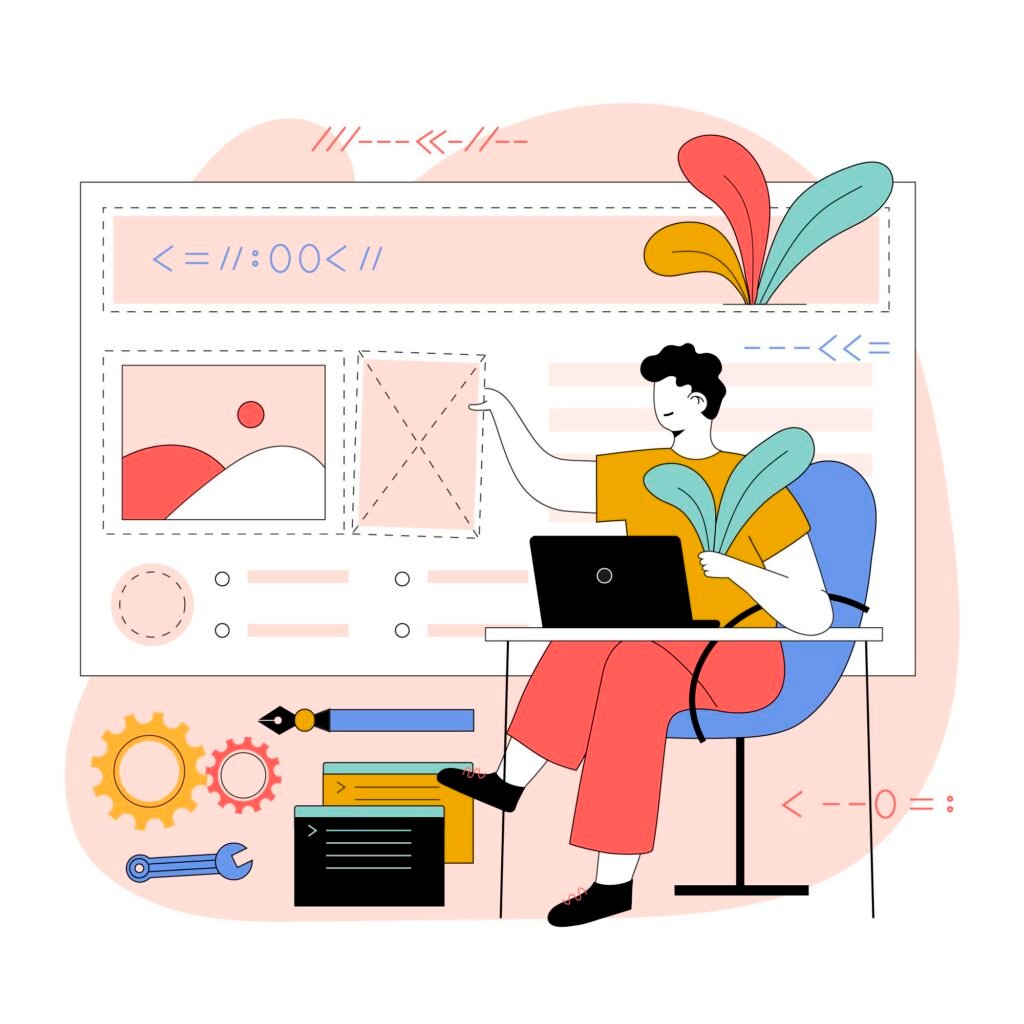Providing clear and constructive feedback to your web designer is crucial for creating a website that meets your expectations. Whether you’re collaborating on a new site or refining an existing one, effective communication ensures a smoother design process and better results.
In this guide, we’ll cover best practices for giving feedback that helps your designer deliver a website you’ll love while also optimizing this post for SEO to attract more visitors to your web design studio website.
Why Effective Feedback Matters
A well-designed website is a collaboration between you and your designer. Poorly communicated feedback can lead to:
- Delays in project timelines
- Frustration for both parties
- A final product that doesn’t align with your vision
By giving clear, actionable, and organized feedback, you help your designer understand your needs and make the necessary adjustments efficiently.
Best Practices for Giving Feedback to Your Web Designer
1. Be Specific and Clear
Avoid vague comments like “I don’t like it” or “Make it pop.” Instead, provide precise feedback such as:
- “The font size in the header feels too small—can we increase it by 2px?”
- “The blue in the CTA button clashes with the logo color. Can we try a darker shade?”
2. Use Visual References
If you’re struggling to describe what you want, share examples of websites you like. Tools like:
- Screenshots with annotations (using Markup or Snagit)
- Mood boards (on Pinterest or Canva)
- Live website references
This helps your designer visualize your preferences.
3. Prioritize Your Feedback
Not all feedback is equally urgent. Categorize your comments as:
- Critical (must be fixed—e.g., broken links)
- Important (affects UX—e.g., mobile responsiveness)
- Nice-to-have (aesthetic tweaks—e.g., hover effects)
This helps your designer focus on high-impact changes first.
4. Keep Feedback Organized
Instead of sending scattered emails, use tools like:
- Google Docs (for written feedback)
- Trello or Asana (for task management)
- Figma/Commenting tools (for direct design annotations)
This keeps communication structured and trackable.
5. Be Constructive, Not Critical
Instead of saying “This design is bad,” try:
- “I think the layout could be more user-friendly. What if we try a different grid structure?”
A positive approach fosters better collaboration.
6. Trust Your Designer’s Expertise
While your input is essential, remember that your designer understands best practices in UX/UI, SEO, and performance. If they explain why a certain approach works better, consider their reasoning.
Common Feedback Mistakes to Avoid
❌ Being too vague – “Make it better” doesn’t help.
❌ Overloading with opinions – Too many conflicting suggestions can derail progress.
❌ Ignoring technical constraints – Some design changes may affect load speed or responsiveness.
Final Thoughts
Great web design is a collaborative effort. By providing specific, actionable, and organized feedback, you’ll help your designer create a website that aligns with your vision while maintaining functionality and aesthetics.
Looking for a web design studio that values clear communication and delivers outstanding results? Contact us today to discuss your project!







